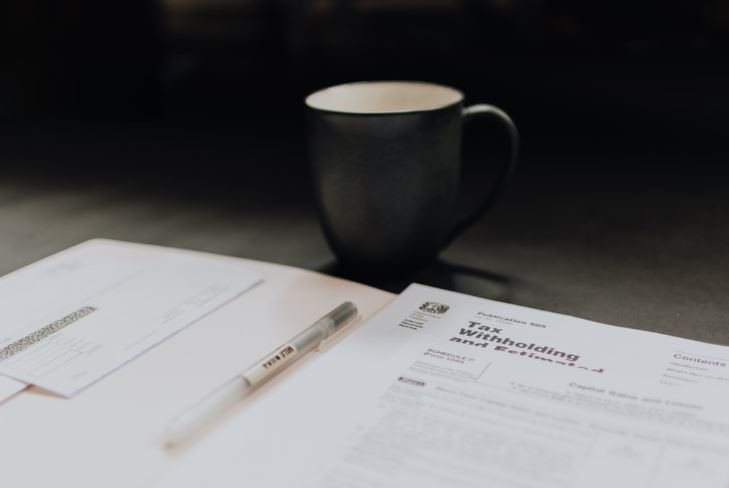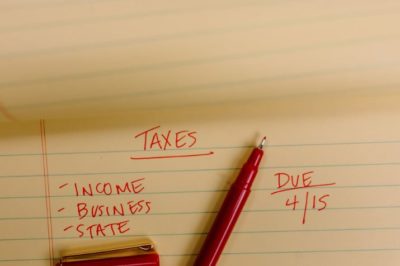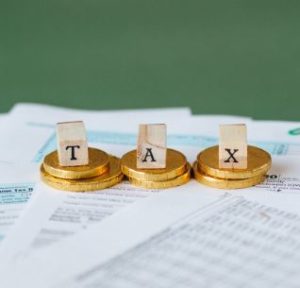
Think taxes are going up? It’s time to stop investing everything in your traditional 401(k) or IRA!

Think taxes are going up? It’s time to stop investing everything in your traditional 401(k) or IRA!
By Kelly Olson Pedersen, CFP®, CDFA
Bite the tax bullet now to avoid a potentially bigger tax hit later.
That, in essence, is what we’ve been telling clients who are worried about the likelihood of taxes going up in the coming years. And they have good reason to be concerned. With the new administration in place, along with a brand new $1.9 trillion stimulus package to pay for, it’s widely believed taxes will be increasing across the board, including capital gains tax rates, personal income tax brackets, and potentially a “wealth tax” or net-worth tax.
However, for many people, paying more in taxes now is still a tough pill to swallow. You see, for years investors have been conditioned to plow as much money as possible into tax-deferred instruments like traditional IRAs and 401(k) plans. The idea is to save on your tax bill today and worry about paying any taxes due when you retire. The problem is, in this new environment, reducing your tax bill today could hurt you in the long run, when tax rates could be much higher.
At CAISSA, we advocate for a more balanced approach. We recognize the tax landscape is changing, and what made sense yesterday in terms of tax-deferral strategies may no longer be the best solution. The following are four strategies that can help you maximize your investments and provide the flexibility you need to manage your tax bill today … and in the future.
Use all three pillars of tax strategy
As stated above, investing all your savings into tax-deferred vehicles like traditional IRAs and 401(k) plans may no longer be the best strategy. Instead, allocate your savings across all three pillars of tax strategy:
 1. First, you should still invest a portion of your retirement savings in a traditional 401(k) plan and / or traditional IRA so you can capture the immediate tax-deferral benefit, just not everything.
1. First, you should still invest a portion of your retirement savings in a traditional 401(k) plan and / or traditional IRA so you can capture the immediate tax-deferral benefit, just not everything.
2. Second, allocate an appropriate portion of your portfolio to a Roth IRA or Roth 401(k) plan. Yes, that will mean a bigger tax hit in the short-term, but the money you invest can grow tax free over time, during which tax rates are likely to climb.
3. Finally, invest some of your money into a brokerage account. Doing so can provide flexibility to access your cash when needed while also allowing you to benefit from the relatively low capital gains rates that exist today, and which are also likely to increase in coming years.
Take control of your withdrawal strategy
When you invest across the three pillars referenced above, you will be better equipped to manage your tax bill throughout retirement. For example, in some years it might be advantageous to receive more taxable income. Other years, particularly early in retirement when you might have a taxable pension or deferred compensation, it could make more sense to take distributions from the tax-free portion of your portfolio, such as a Roth IRA. The point is, by spreading your savings across the three pillars above you can better control how and when you take distributions. You can essentially design your own “retirement income recipe” every year. That’s not possible if all of your money is locked up in a traditional IRA or 401(k).
Think of your HSA as a tax-efficient way to invest
Many of us have Health Savings Accounts (HSAs) through our employers. While they are designed to provide pre-tax funds to pay for health care expenses that are not covered by insurance, HSAs can also be a great way to invest for retirement. Currently, a family can sock away up to $7,200 per year into an HSA account. Over time, those funds can really add up and eventually be received tax free for qualified health care expenses incurred over the years. Just be sure to save all of your receipts!
Don’t let the tax tail wag the dog
 Too many investors are reluctant to sell investments in their brokerage accounts for fear of triggering a capital gains tax hit. What they need to know is that selling gains can be necessary to protect and rebalance your portfolio for the long run. The reality is that you will inevitably need to pay the taxes due on your investments, so it’s better to sell the appropriate assets now and reset your basis before you get too locked in. In other words, don’t let the fear of paying taxes drive bad investment decisions. Stay focused on your long-term plan and be willing to pay capital gains taxes today when rates are still historically low.
Too many investors are reluctant to sell investments in their brokerage accounts for fear of triggering a capital gains tax hit. What they need to know is that selling gains can be necessary to protect and rebalance your portfolio for the long run. The reality is that you will inevitably need to pay the taxes due on your investments, so it’s better to sell the appropriate assets now and reset your basis before you get too locked in. In other words, don’t let the fear of paying taxes drive bad investment decisions. Stay focused on your long-term plan and be willing to pay capital gains taxes today when rates are still historically low.
The bottom line? The world is changing quickly, but at CAISSA we remain focused on your long-term financial prosperity. That requires a thoughtful approach to investing with a watchful eye on the tax landscape today and where it will likely be in the future. With that in mind, the four strategies outlined above are designed to provide you with the best possibility of long-term success. As always, we are here to discuss the right solutions for your personal situation.